CLINICAL VIDEOS
 Video
Video
Neuro Rubina Vascular Structures,
This video demonstrates how endoscopic ICG can define the carotid artery anatomy for the surgeon to carefully navigate around in real-time with high resolution images.
 Video
Video
Neuro Rubina Flap Perfusion Assessment
Use of the Nasoseptal Flap is the standard method for reconstruction of skull base defects in endoscopic endonasal surgery. This video demonstrates how endoscopic ICG can be used to confirm that the nasoseptal flap is well vascularized ...
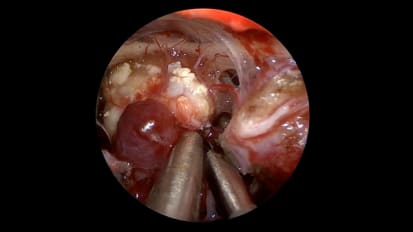 Video
Video
Expanded endonasal for resection of complex skull base tumor
Endoscopic endonasal surgery for removal of a large cystic, calcified tumor in a complex area of the brain using the KARL STORZ 4k camera.
 Video
Video
Supraorbital Keyhole Approach for Resection of Midbrain Tumor
This video demonstrates the utility of the eyebrow craniotomy to perform a biopsy of a midbrain tumor in a patient with favorable anatomy.
 Video
Video
Endoscopic Microvascular Decompression
Short clip of a fully endoscopic Microvascular Decompression - a minimally invasive technique peformed through a small incision behind the ear to treat trigeminal neuralgia, hemifacial spasm and other neurovascular compression syndromes.
 Video
Video
Introduction to the LOTTA® intraventricular system narration by Dr. Henry Schroder.
 Video
Video
Endoscopic Third Ventriculostomy (ETV) Procedure
Endoscopic Third Ventriculostomy (ETV) with narration by Dr. Henry Schroder using the LOTTA® system.
PREVIOUSLY RECORDED WEBINARS
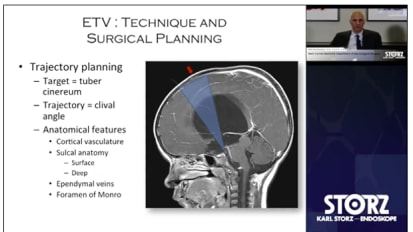 Video
Video
Endoscopic Treatment of Hydrocephalus and Intracranial Cysts
Dr. Mark Souweidane discusses endoscopic third ventriculostomy (ETV) for treatment of hydrocephalus and intracranial cysts.
 Video
Video
Endoscopic Approaches to Pediatric Epilepsy Surgery
Dr. Sandi Lam discusses endoscopic approaches to pediatric epilepsy surgery.
 Video
Video
Relevance of Skull Base Surgery to Pediatric Neurosurgery
Dr. Jeffrey Greenfield discusses the relevance of skull base surgery to pediatric neurosurgery.
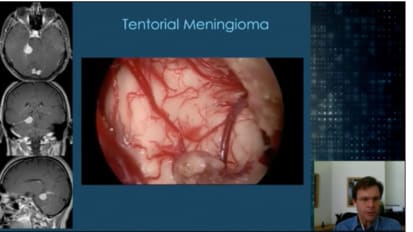 Video
Video
Neuroendoscopy-Endoscopic-Assisted Keyhole Craniotomy-Daniel Kelly, MD
Dr. Daniel Kelly delivers a presentation of the endoscopic assisted keyhole craniotomy.
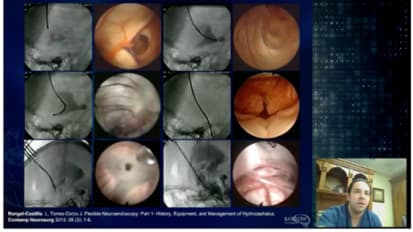 Video
Video
Neuroendoscopy-Flexible endoscopy-Leonardo Rangel-Castilla, MD
Dr. Leonardo Rangel delivers a presentation of the use of a flexible neuroendoscope.
 Video
Video
STORZ Neuroendoscopy-Evolving Paradigms in Skull Base Surgery-Andrew Little MD
Dr. Todd Ponsky introduces the neurosurgical event of neuroendoscopy, involving evolving paradigms in skull base surgery.
PRODUCT INFORMATION |view more
 Document
Document
Fluorescence Imaging in Endoscopic Skull-Base Surgery
Preventing CSF leaks, nasal flap necrosis, and vascular injuries during endoscopic endonasal surgery is vital for preserving pituitary function. NIR/ICG imaging helps surgeons assess nasoseptal flap perfusion and identify critical vascular structures.
 Video
Video
Neuro Rubina Vascular Structures
This video demonstrates how endoscopic ICG can define the carotid artery anatomy for the surgeon to carefully navigate around in real-time with high resolution images.
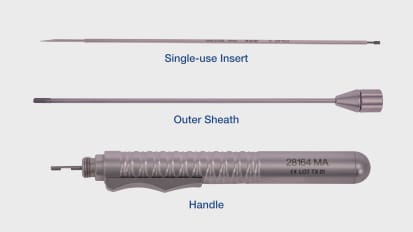 Video
Video
Comprehensive step-by-step guide on assembling the Dura Knife featuring a retractable blade
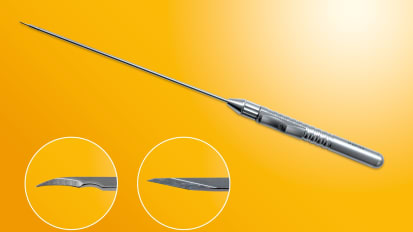 Document
Document
Retractable Dura Knife for endonasal surgery
Maximize patient safety with the only retractable dura knife available on the market.
 Document
Document
4mm Endoscopic Neuro Imaging with Dual 4K-NIR/ICG
Learn more about the only FDA-cleared neuro indicated 4 mm ICG endoscopes.
The KARL STORZ Difference
Leading the way in Value, Efficiency and Positive Outcomes in minimally invasive endoscopic neurosurgery.
The products described in the videos, images, and documents on this site have been approved authorized by the company for use in the United States only. The materials on this site are provided exclusively as an educational service for medical professionals and do not necessarily reflect the views of KARL STORZ United States. The decision to apply any of the information on this site is at the sole discretion and choice of qualified medical personnel, who are advised to verify the applicability and the suitability for any particular situation. KARL STORZ cannot be held is not responsible for the misuse of any information on this site.